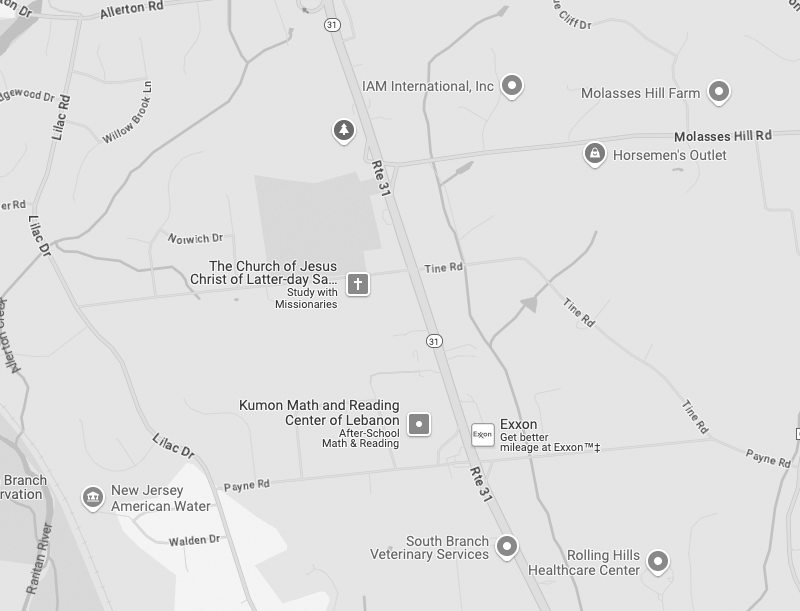March 20th, 2018
When we talk about teeth, every single one of yours counts. Whether you’ve lost a tooth due to injury or poor oral hygiene, it’s worth seeing Dr. DeCasperis to evaluate all your replacement options. If you don’t, you could suffer negative effects to your teeth, gums, jawbones, appearance, and self-esteem. Depending on how many teeth…
Continue Reading
March 13th, 2018
Keeping on top of your oral health is key when it comes to making sure your whole body stays healthy. The bacteria that occur naturally in your mouth can produce harmful bacteria such as strep and staph, which can lead to serious infections and sickness. When you follow good dental habits like daily brushing and…
Continue Reading
March 6th, 2018
In a world where everything moves so quickly and teens and young adults find themselves pulling “all-nighters” or working long hours, energy drinks have grabbed the spotlight. You’ll have one (or three) and suddenly you have the drive you need to keep going. The same can be said for sports drinks. It’s common for people…
Continue Reading
February 27th, 2018
According to the Oral Cancer Foundation, this form of cancer kills roughly one person an hour, every 24 hours. This means that nearly 10,000 people will die this year from this type of cancer. Often, the cancer is discovered late, which is the main reason the death rate is unfortunately so high. Dr. DeCasperis and…
Continue Reading
